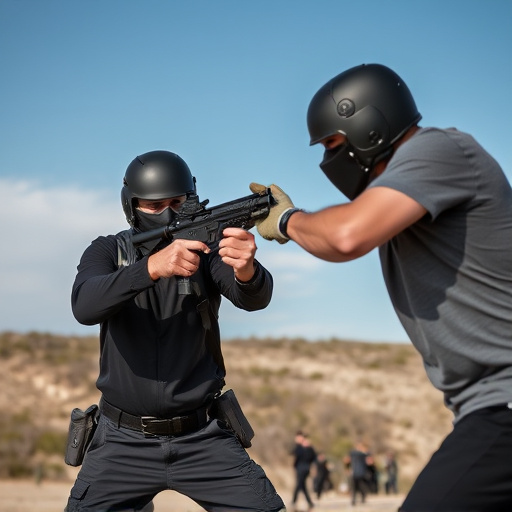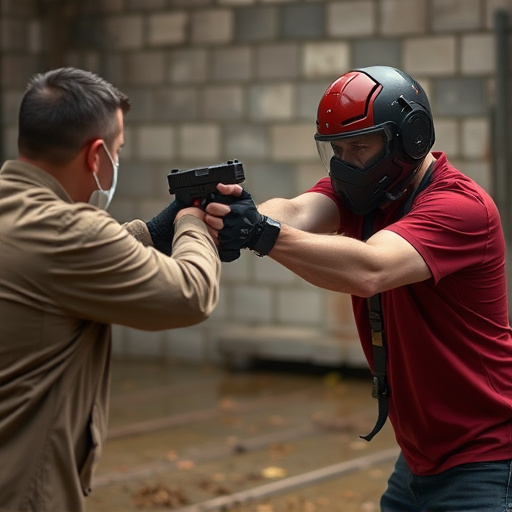Weather-resistant stun guns are designed for outdoor use, addressing neurological side effects by protecting against moisture and extreme temperatures with robust housing, sealed components, and enhanced insulation. These features ensure consistent performance in any conditions, while responsible use within guidelines is crucial to mitigate potential risks such as muscle spasms, disorientation, and cognitive impairment associated with stun gun shocks.
“In today’s unpredictable world, being prepared for emergencies is paramount. Among essential self-defense tools, weather-resistant stun guns offer a unique advantage. This article explores the design features that make these devices sturdy against harsh conditions.
We also delve into a critical aspect often overlooked: the neurological side effects of stun gun use. Understanding the potential consequences is crucial for informed decision-making. By combining practical considerations with essential knowledge about stun gun neurological side effects, this guide aims to empower individuals to make safe choices.”
- Understanding Weather-Resistant Stun Guns and Their Design Features
- The Neurological Side Effects of Stun Gun Use: What You Need to Know
Understanding Weather-Resistant Stun Guns and Their Design Features

Weather-resistant stun guns are designed for outdoor use, where harsh environmental conditions can pose significant challenges. These devices incorporate specialized materials and engineering to withstand varying weather patterns, from heavy rain and humidity to extreme cold or heat. Key design features include robust housing made of durable, water-resistant materials, sealed electrical components, and enhanced insulation to prevent short circuits.
Unlike regular stun guns that may suffer performance issues or even malfunction in adverse weather, weather-resistant models are equipped with advanced technology to ensure consistent effectiveness. This includes optimized circuit designs that protect against moisture intrusion, which is crucial as the electrical currents used in stun guns can have severe neurological side effects. By addressing these design aspects, users can rely on their stun guns’ reliability and power, even in challenging outdoor scenarios.
The Neurological Side Effects of Stun Gun Use: What You Need to Know

Stun guns, while designed as non-lethal self-defense tools, can have significant neurological side effects. When activated, a stun gun delivers an electric current that disrupts muscle control in the target, causing them to experience temporary paralysis. However, this shock also impacts the nervous system. Short-term effects include muscle spasms, disorientation, and memory lapses. Prolonged or repeated exposure to stun gun shocks can lead to more severe neurological issues such as chronic pain, headache, and even cognitive impairment.
Understanding these potential side effects is crucial for users and law enforcement alike. It underscores the importance of using stun guns responsibly and within recommended guidelines. Users should be aware of their limitations and the fact that excessive or inappropriate use could result in unintended harm. Proper training and understanding of the device’s functionality are essential to mitigate these neurological risks associated with stun gun deployment.
When considering a weather-resistant stun gun, it’s crucial to balance its design features and effectiveness with the potential neurological side effects. While these devices offer enhanced durability in diverse climates, understanding the associated risks, such as temporary muscle paralysis and sensory disruptions, is essential for informed decision-making. By staying aware of both the benefits and drawbacks, users can make a responsible choice that aligns with their safety needs. Remember, proper training and a thorough understanding of local laws are paramount when employing any stun gun model, including those designed for weather resistance.
